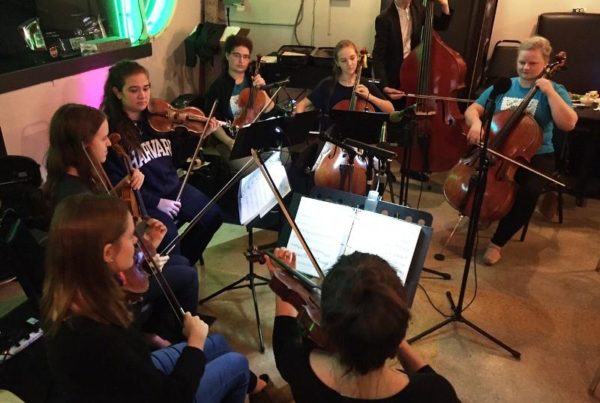Human trafficking in Texas is a difficult problem to get hard facts on. A recent study from the University of Texas at Austin tried to put numbers on it: researchers estimated that there are more than 300,000 victims of human trafficking in the state, which includes both forced prostitution and labor trafficking.
About 79,000 of those victims are minors and young adults under the age of 26.
UT-Austin’s numbers, however, are a conservative estimate.
“We only took what we are confident are the high-risk numbers,” says Noël Busch-Armendariz, the lead researcher of the study.
On Monday, Texas Tribune launched “Sold Out”, a multi-part investigation that explores how the state’s crusade against sex trafficking has failed to protect youth who are at risk.
“The problem of sex trafficking is not new,” Tribune reporter Morgan Smith says. “The label of sex trafficking is something that’s new. There’s a growing awareness and I think a desire to tackle this as a problem. But what we found is that there wasn’t a greater understanding of what exactly should be done or who should be in charge of doing something about it.”
One of the series’ goals was to humanize the numbers associated with trafficking.
The Tribune spoke with 16 trafficking victims, as well as three pimps, more than a dozen police officers, and foster care and victim service providers.
“There’s a lot of media coverage of undercover law enforcement stings, trials and all of the awful details that go along with them,” Smith says. “But we found that the voices of the victims and their experiences really gets lost in all of that, if it’s mentioned at all.”
The series focuses on the stories of four young women who fell into sex trafficking after the state’s safety nets failed them, Smith says.
Jean survived childhood sex abuse and was placed in Child Protective Services custody after her father impregnated her.
“She was removed from this horribly abusive situation and then placed into a foster care system where she couldn’t find the affection or the care or the stability that she needed growing up,” Smith says. “She ended up running away at age 16, and that’s when she was found by a pimp.”
While Texas officials have done a good job of “going after the bad guys” by focusing on arresting and convicting pimps, Smith says they have not devoted enough resources to victims services.
Officials have also failed to address the role CPS plays. UT-Austin’s study found that the majority of young trafficking victims had some contact with CPS.
“[CPS is not] in a position to actually prevent kids from becoming vulnerable to pimps in the first place,” Smith says.
Written by Molly Smith [no relation].














